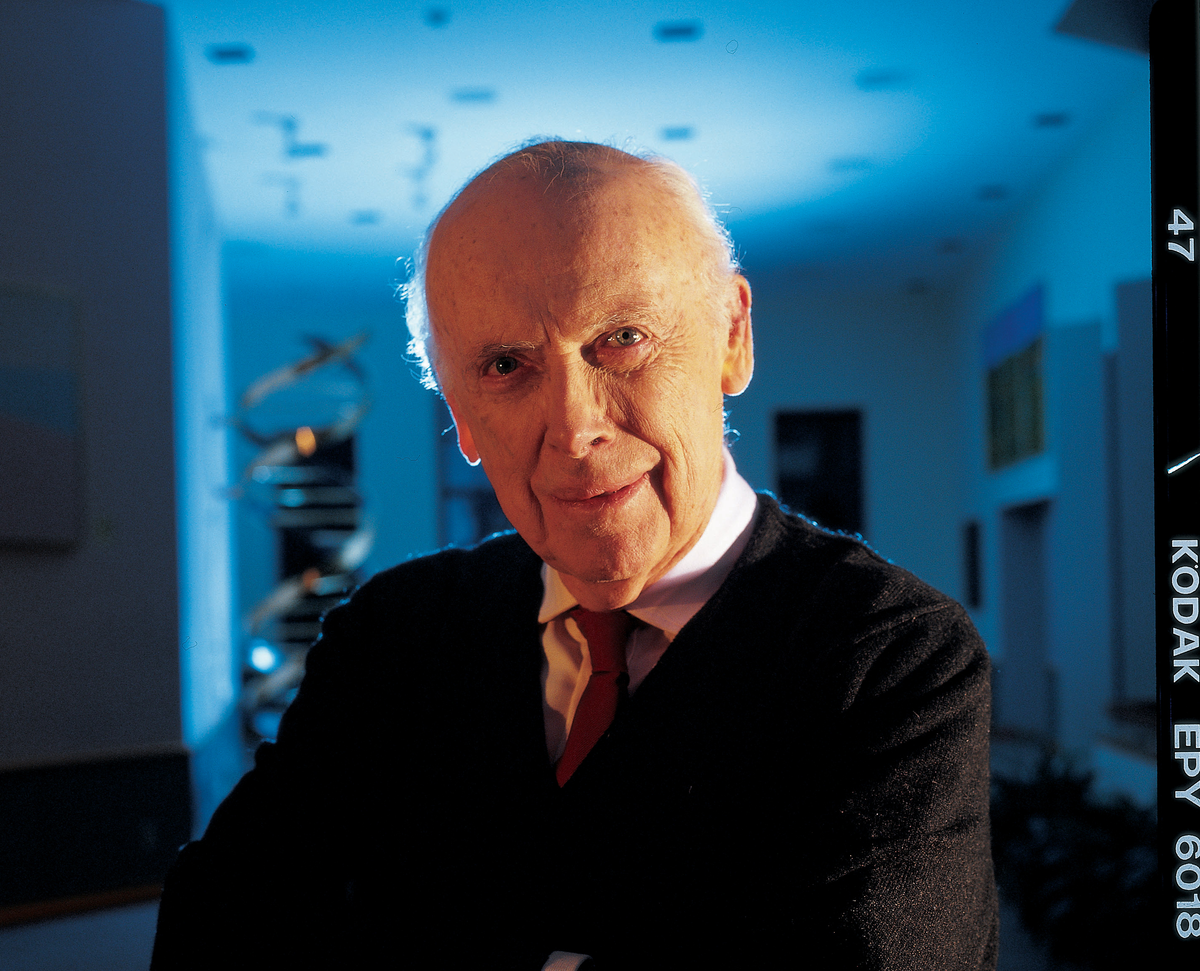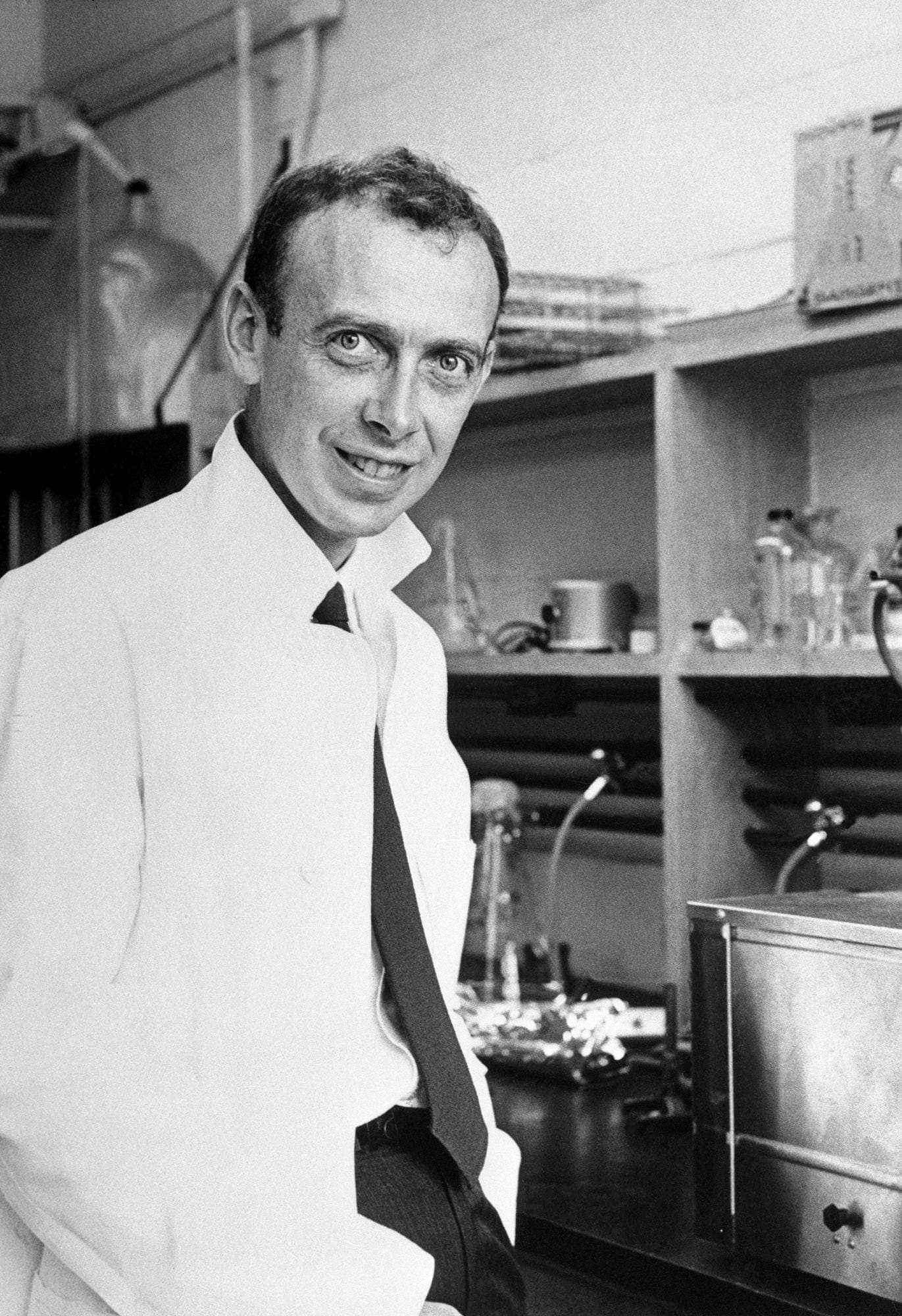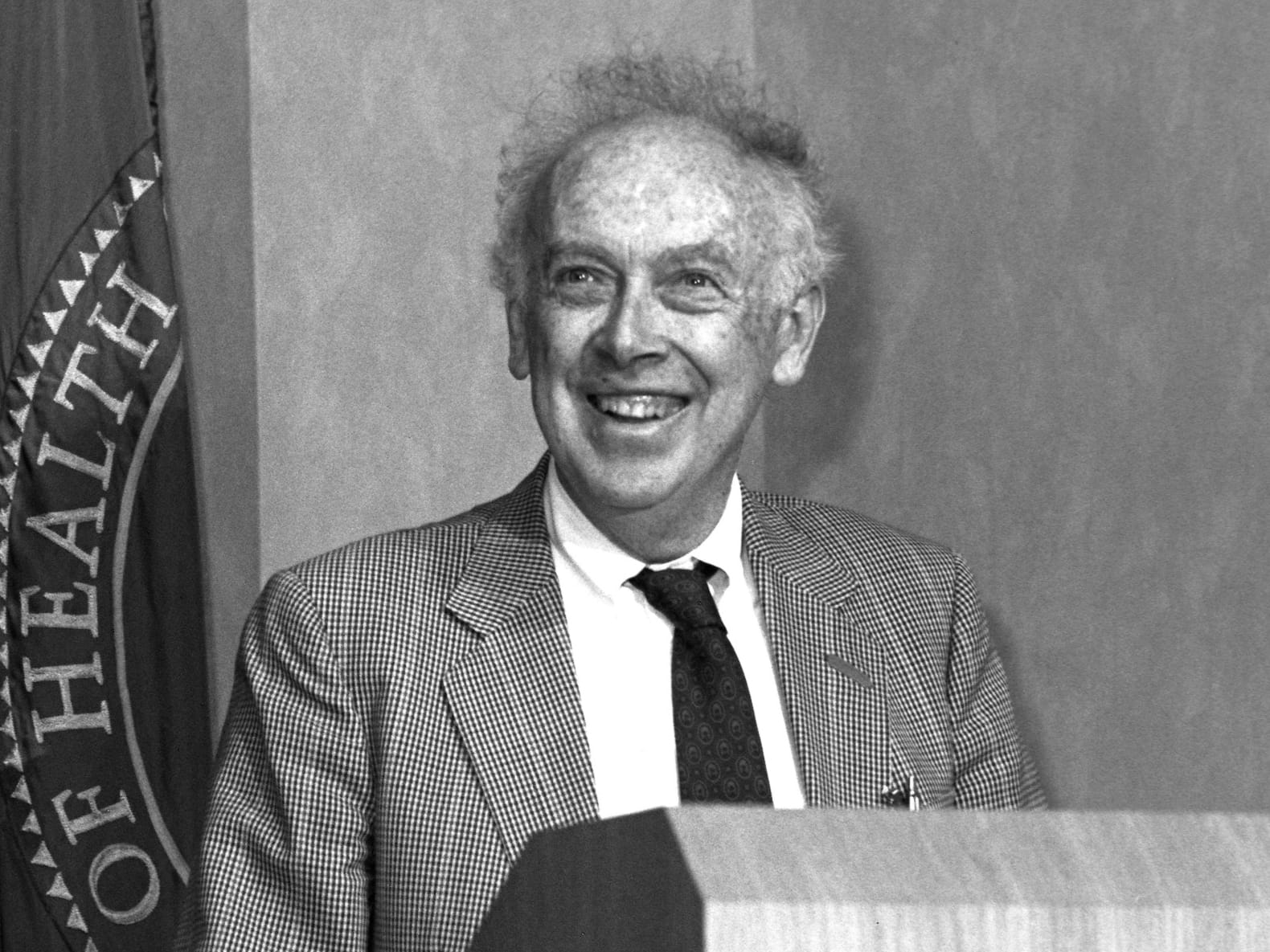James Watson, the Nobel Prize winning biologist who, along with Francis Crick, discovered the structure of the DNA’s double helix, died last week at the ripe old age of 97. That is a long life for anyone, especially biology’s embarrassing grandfather. While he had been out of science’s eye for quite some time, it’s still considered in 2025 bad taste to dance on someone’s grave. Nevertheless I am relieved to see him gone. For many reasons.
One reason is the many vile things that Watson believed, which I’ll excerpt here in his own words (indebted to Lior Pachter for collating these):
- "all our social policies are based on the fact that [African] intelligence is the same as ours…whereas all the testing says not really"
- “Indians in [my] experience [are] servile.. because of selection under the caste system”
- “Disabled individuals are genetic losers”
That list goes on and on. Pick a form of intolerance and hatred of any stripe — misogyny, anti-Semitism, implying an evolutionary source of the sexual prowess of “Latin lovers” — and Watson had it rolling around in his head.
Alright well. Watson was a horrendous person, that much is clear. Was he at least a really brilliant scientist, without whom we never would have found out what DNA looks like? Would that level the cosmic balance?
In both Watson and his collaborator Crick’s telling of how the double helix structure of DNA was eventually determined, it was Watson who made the fundamental step of putting G bases with C bases, and T with A, in the correct orientation, in a double helix. Crick, for his part, was more modest about the discovery. He credited others — Erwin Chargaff, the biochemist who showed that G and C bases occur in equal numbers as each other, and so do T and A bases, implying some sort of relationship between them, a fundamental insight at the time.
Crick also mentioned Jerry Donahue, a chemist who corrected Watson’s misunderstanding of what chemical form DNA’s bases would take. And of course chemist Rosalind Franklin and her student Raymond Gosling, who produced the crystallography images that implied a double helix — perhaps the most important clue to what DNA looked like, especially for a roster of scientists who at one time were trying triple helices and inside-out helices.

“If Watson had been killed by a tennis ball I am reasonably sure I would not have solved the structure alone, but who would?” Crick wrote in a reminiscence.
“I solved it, I guess, because nobody else was paying full-time attention to the problem,” Watson says in Horace Freeland Judson’s account of 20th century molecular biology, The Eighth Day of Creation. That is a strange thing to say about something he was very definitely working with Crick on, not to mention two-time Nobel winner Linus Pauling, whom Watson and Crick were very conscious of racing to determine DNA’s structure.
Watson (and Crick)’s most egregious scientific transgression was the use of Franklin and Gosling’s crystallography images, shown to them by Maurice Wilkins, Franklin’s boss, without Franklin’s permission. However, Franklin’s contributions were downplayed and belittled by Watson for years in his deeply fabulist memoir The Double Helix.
“Clearly Rosy had to go or be put in her place,” Watson wrote. “The former was obviously preferable because given her belligerent moods, it would be very difficult for Wilkins to maintain a dominant position that would allow him to think unhindered about DNA.. The thought could not be avoided that the best home for a feminist was another person’s lab.”

Watson now is dead, and while some of us had a great laugh about that, it's also an opportune time to reflect on what studying DNA and determining its structure really imparted to Watson’s mind. What he thought DNA actually does.
Watson’s racism and misogyny are not that remarkable in and of themselves, but they do point towards how little the structure of DNA revealed to Watson of how biology works. Nathaniel Comfort, a leading historian of science, wrote that Watson was particularly taken with The Bell Curve, the 1994 best-selling book that suggested that Black people were, due to genetics, less intelligent than white people. Watson seemed to see genetics in everything, in a way that unsurprisingly positioned him at the top of every heap.
French philosopher René Descartes compared living creatures — plants, animals, humans — to machines and automata. He thought that the mechanics of life could be understood in the same way that a machine can be understood, by comprehending how its individual parts worked together. This is relevant I promise. Descartes used rough machines that behaved like humans as a metaphor because automata were common in his time — often built in churches and city squares as amusements and engineering marvels, the kind commissioned by kings and popes.
In the same way, Watson’s bigotry erupts from the dominant concept of his time, and ours: the gene. The gene in the modern mind is an all-powerful determinant, something that people incorrectly think can predict intelligence, or academic achievement, or income. Watson claimed that he was obsessed with the idea of the gene for his entire life, guiding him to the University of Cambridge where Crick and others were working on the structure of DNA. As Comfort wrote:
“Like scientists before him, Dr. Watson got carried away by a pretty but simplistic model of the gene that seemed able to explain everything.”
Science has been at war with itself for years over its penchant for hero worship; this romantic, highly fictionalized idea that great scientific achievements are made by a lone, obsessive person, usually a man, who sees things that others don’t. Watson explicitly encouraged this perception of himself — acted as its chief salesperson really — by saying that no one else could have done it but him, by writing a memoir of his exploits early on (something that irked Crick deeply), and engaging in media circuses that inflated Watson’s prominence as a scientist. The Eighth Day of Creation recounts a scene where Watson takes part in a 1954 Vogue photo essay on "Young Americana Talent."
Watson spent years both championing himself as a central genius of biology while simultaneously exposing himself as a bigot who saw DNA as a kind of magic artifact that conferred whatever properties he saw in people. And undoubtedly he was rewarded for his behavior — despite decades of public, on-the-record behavior that would make a neo-Nazi blush, he held central roles in huge research enterprises, like the Human Genome Project and Cold Spring Harbor Laboratory.
And that's that, unfortunately. I've sat here for quite some time trying to think of a lesson to impart, to myself more than anyone. Even as recently as my time as a researcher in the 2010s his name carried weight – Watson – like he was character from an adventure novel, a real swashbuckler and bon vivant.
It took decades for anything Watson said to catch up to him. He retired from his place atop Cold Spring Harbor in 2007, at the age of 79 after forty years leading the institution, after once again making some "racially charged statements."
There’s really nothing to say about Watson. Like a lot of bigots in high places these days, he won. Watson made off like a bandit, unpunished and unrepentant, unless you count retiring at a ripe old age a punishment. Watson sold the idea of himself as a genius of biology his entire life, and scientists bought it. And for what? What kind of scientist was he? How much about DNA could he really have understood, given the things he believed about it?



